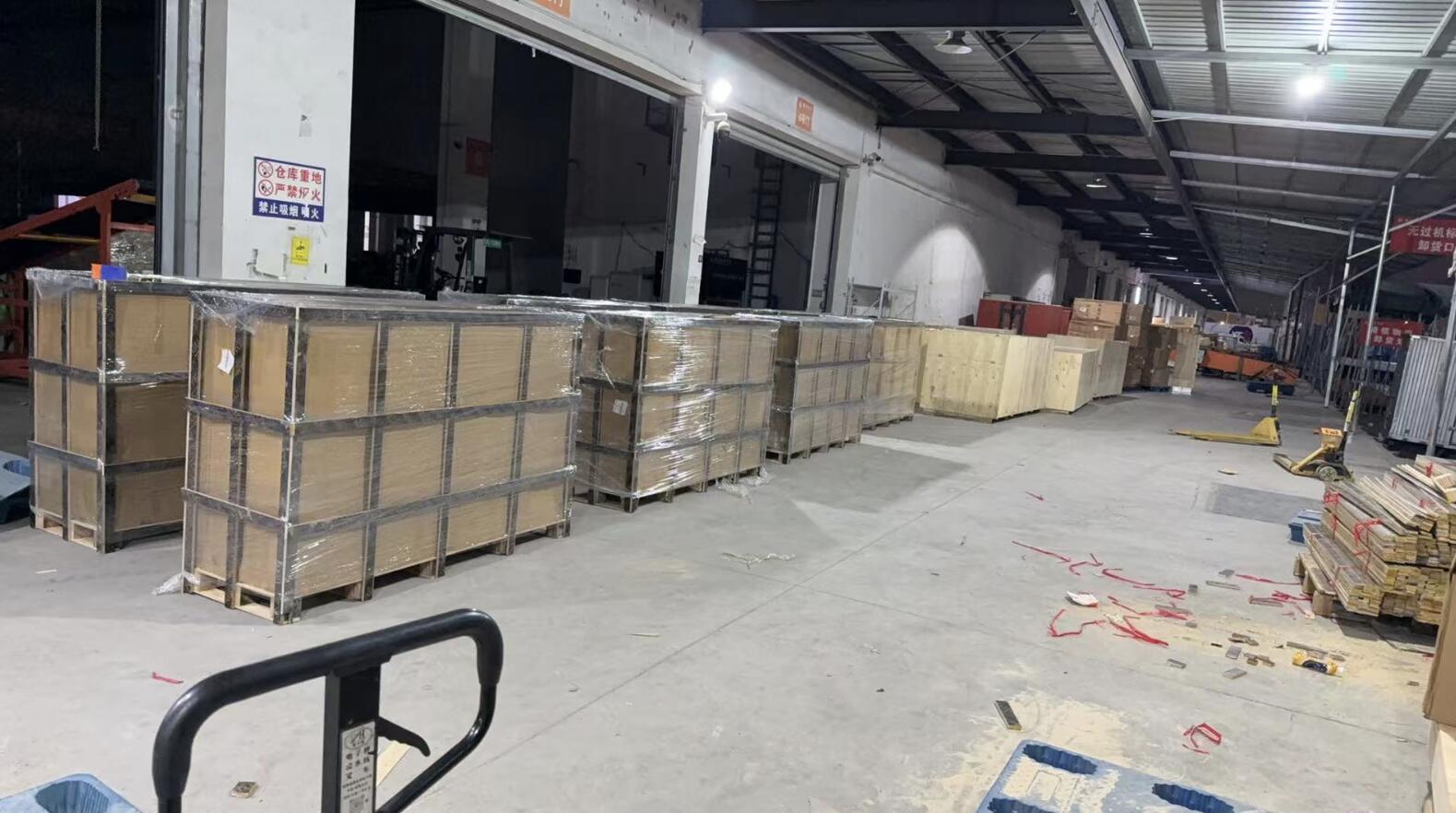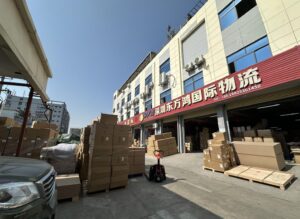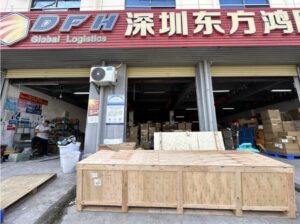If you’re buying in volume from Chinese suppliers—whether for resale, distribution, or business operations—shipping by container is often the smartest move. It gives you better cost per unit, more control over cargo safety, and fewer shipping headaches long-term.
But for many importers, especially those handling container shipments for the first time, it’s easy to feel overwhelmed. How does it actually work? Who handles what? And how do you make sure everything arrives safely at your warehouse, without delays or unexpected fees?
In this guide, I’ll walk you through every stage of the process so you can ship your container smoothly—from the factory floor in China to the final delivery at your door.
What are the steps to ship a container from China to my warehouse?
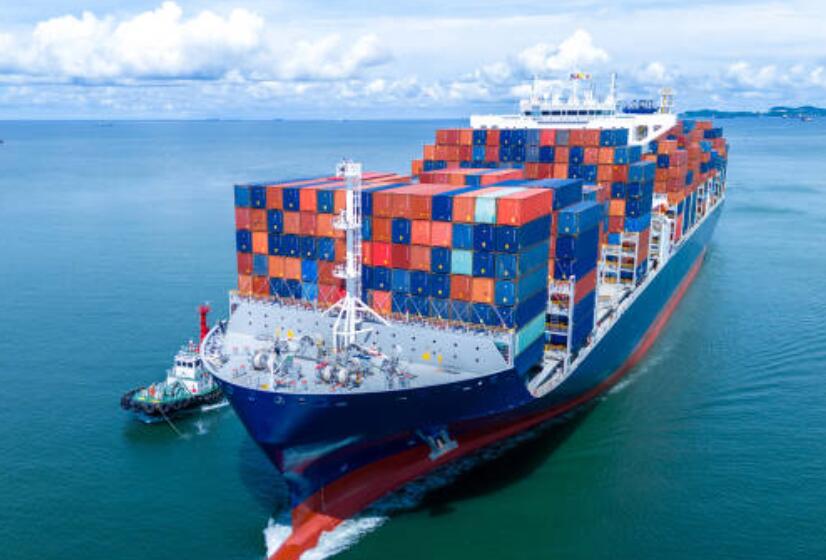
Shipping a container is more than just booking space on a vessel. It’s a multi-step process that requires coordination across suppliers, carriers, customs, and inland logistics. Here’s the standard workflow:
- Confirm your product is ready and properly packed for container shipping.
- Choose the right shipping term (FOB, EXW, DDP).
- Work with a freight forwarder in China to book space on a vessel.
- Arrange cargo pick-up from your supplier (if EXW).
- Complete export customs clearance in China.
- Container is loaded at port and shipped to your destination country.
- Handle import customs clearance.
- Arrange final delivery from the port to your warehouse.
Should I use FCL or LCL shipping?
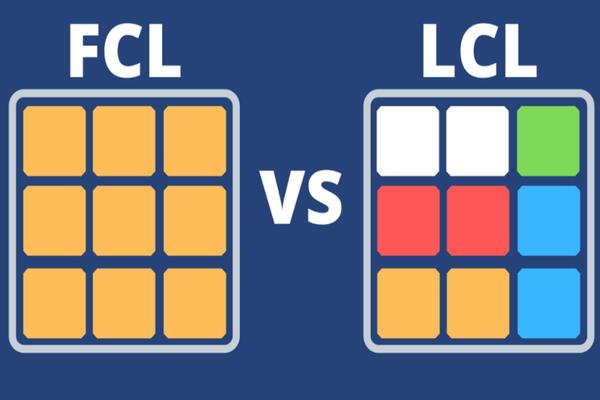
It depends on how much you’re shipping.
- FCL (Full Container Load) means your goods occupy an entire 20GP, 40GP, or 40HQ container.
- LCL (Less than Container Load) allows you to share space with other importers.
If your volume is close to filling a container, FCL is usually more cost-effective and safer, with less handling.
How do I choose a reliable freight forwarder in China?
Your freight forwarder is your shipping partner in China—they’re responsible for booking the vessel, coordinating with suppliers, managing paperwork, and arranging inland delivery. So don’t just go for the cheapest quote.
Instead, look for a forwarder who:
- Specializes in your destination country
- Offers both port-to-port and door-to-door service
- Has their own consolidation warehouse
- Communicates clearly and consistently in English
- Can provide DDP solutions
What documents do I need for container shipping?
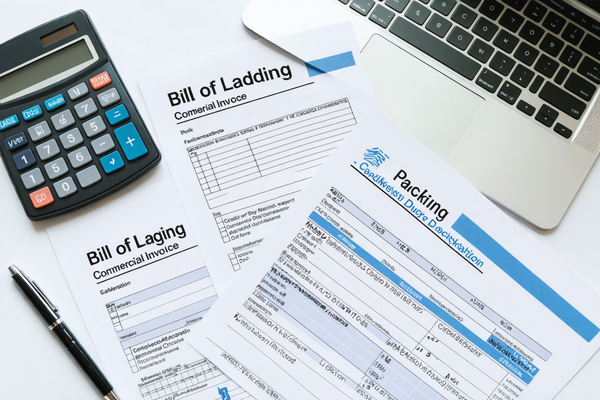
Paperwork is crucial in international logistics. A missing or incorrect document can lead to delays, fines, or seizure of goods. At a minimum, you’ll need:
- Commercial invoice
- Packing list
- Bill of Lading (or Sea Waybill)
- Export customs declaration form
- Import customs documents (depending on your country, such as EORI for the EU or EIN for the US)
A good freight forwarder will handle most of these for you or guide you through the preparation process.
How much does it cost to ship a container from China?
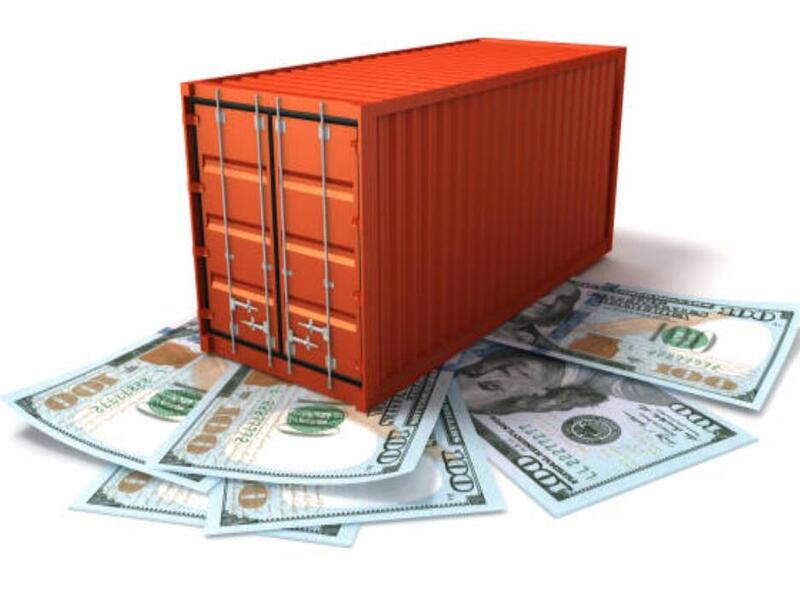
Container shipping costs can vary week to week due to fuel prices, port congestion, and space availability. But here’s a general idea:
| Container Type | Destination | Estimated Cost (USD) |
|---|---|---|
| 20GP | USA (West Coast) | $2,200 – $3,200 |
| 40HQ | USA (East Coast) | $3,800 – $5,500 |
| LCL (1 CBM) | Europe (DDP) | $180 – $300 |
Prices also depend on whether you’re choosing port-to-port, door-to-door, or DDP (Delivered Duty Paid) service.
How long does container shipping take?
Transit time depends on distance, shipping method, and whether customs clearance is smooth.
| Route | FCL (Door-to-Door) | LCL (Door-to-Door) |
|---|---|---|
| China to USA (West) | 18–25 days | 25–30 days |
| China to USA (East) | 30–40 days | 35–45 days |
| China to UK/EU | 35–45 days | 40–50 days |
| China to AU | 25–35 days | 30–40 days |
For urgent shipments, air freight or express courier might be a better option, but the cost per kilo will be higher.
Can I consolidate products from multiple suppliers into one container?
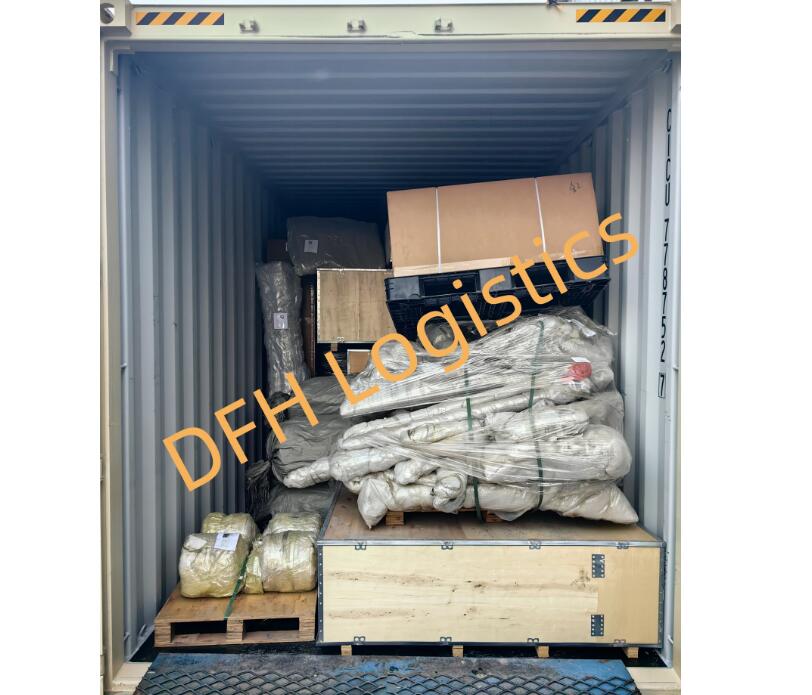
Absolutely. If you’re buying from multiple factories, consolidation is the smartest way to save on shipping.
Here’s how it works:
- All suppliers send their goods to our warehouse.
- We inspect, photograph, and repackage if needed.
- Everything is loaded into one container.
- You pay for just one international shipment.
At DFH Logistics, we offer free consolidation and 30 days of free storage to help clients like you streamline the process.
What’s the difference between EXW, FOB, and DDP?
Incoterms define who is responsible for what during the shipping process.
- EXW (Ex Works): You handle everything from the supplier’s door onwards.
- FOB (Free On Board): The supplier delivers to port; you take it from there.
- DDP (Delivered Duty Paid): Your forwarder handles the entire journey, including customs and taxes, and delivers straight to your warehouse.
New importers often choose DDP to avoid dealing with local customs paperwork and risk of delay.
Learn more about Incoterms on our detailed DDP shipping explanation page.
How is final delivery to my warehouse arranged?
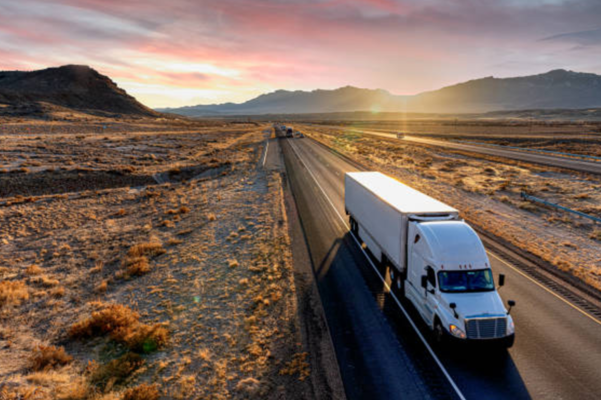
Once your goods arrive in your destination country, you can:
- Handle trucking yourself (if you’re experienced and want to save a bit)
- Let your forwarder deliver to your door
With door-to-door service, we’ll coordinate final-mile delivery using local carriers or dedicated trucks, depending on your location and the container type.
Will I need to pay import duties or taxes?
Yes—unless you’re using DDP service, which includes customs duties and taxes in the price.
Each country has its own import tax structure based on:
- HS code
- Declared value
- Product origin
- Any trade agreements
For example, in the US, you may need to pay import duties, MPF (Merchandise Processing Fee), and harbor maintenance fees. In the EU, you’ll face VAT and import duty.
We’ll help calculate these in advance and handle declarations properly to avoid unnecessary delays.
Should I get insurance for my container?
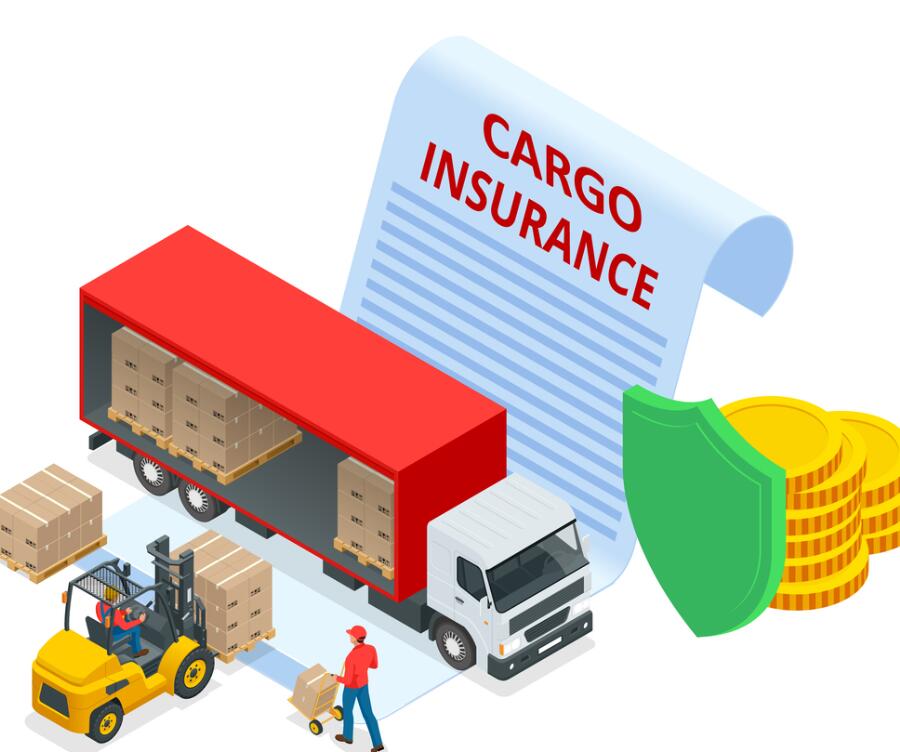
Yes, especially for high-value goods or fragile items. Ocean freight comes with risk—containers can be delayed, damaged, or even lost in rare cases.
You can choose between:
- Basic liability (limited coverage)
- All-risk insurance (recommended)
As your forwarder, we can help you arrange cargo insurance with competitive rates and full documentation.
FAQs – Shipping a Container from China to Your Warehouse
How do I know which container size I need?
It depends on your cargo volume and type. Standard options include:
- 20GP: Up to 28 CBM or ~28,000 kg
- 40GP: Up to 58 CBM
- 40HQ (High Cube): Up to 68 CBM, ideal for bulky but lightweight goods
If you’re not sure, share your product dimensions and quantity with your forwarder—they’ll recommend the right option.
What is the best time to ship a container from China?
Avoid peak shipping seasons like:
- Before Chinese New Year (Jan–Feb)
- Before Golden Week (early Oct)
- September–November (Q4 rush)
Rates spike and space gets tight. If possible, ship in off-peak months like March–June for better pricing and smoother schedules.
Do I need a business license to import a container?
Not necessarily. Many countries (like the USA) allow personal or sole proprietor imports without a business license. However, you will need an importer ID, such as:
- EIN (Employer Identification Number) in the USA
- EORI number in the EU
- BN (Business Number) in Canada
Your freight forwarder can help you register if needed.
What’s the difference between port-to-port and door-to-door?
- Port-to-port: You handle pick-up in China and delivery after arrival.
- Door-to-door: Your forwarder handles everything, including export, shipping, import clearance, and final delivery.
Door-to-door (especially DDP) is recommended if you want a hassle-free process without needing to deal with customs directly.
Can I include fragile or oversized items in a container?
Yes—but they must be packed correctly. For fragile goods, consider:
- Foam-in-place or custom crates
- Palletizing for stability
- Desiccants to protect against moisture
Oversized cargo may need open-top or flat rack containers. Your forwarder will assess and suggest the best container type.
How far in advance should I book my container shipment?
Ideally 2–3 weeks in advance, especially during high season. This ensures:
- Better rate negotiation
- Guaranteed space
- More time for document preparation and supplier coordination
Last-minute bookings are possible but often more expensive and stressful.
What happens if my goods get held at customs?
If documentation is complete and accurate, clearance should go smoothly. But if customs raises an issue:
- Your broker or forwarder will be notified
- Additional documents or inspections may be required
- Delays and storage fees could apply
To avoid this, work with a forwarder who double-checks all paperwork before departure.
Can I track my container during transit?
Yes. Once your container is loaded and shipped, your forwarder will provide:
- Bill of Lading number
- Carrier tracking link
- ETA for port arrival and delivery
You can track updates in real time using the carrier’s website or a shipment tracking platform.
Final Thoughts
Shipping a container from China to your warehouse doesn’t have to be stressful. With the right support, clear steps, and proper planning, the process can be smooth, cost-efficient, and fully transparent.
At DFH Logistics, we’ve helped thousands of importers around the world manage container shipments of all sizes. Whether you’re importing 1 container a month or starting your first shipment, we’ll work alongside you to design the best route, service model, and pricing.
Need help planning your next container shipment? Contact DFH Logistics for a free, customized quote today.

